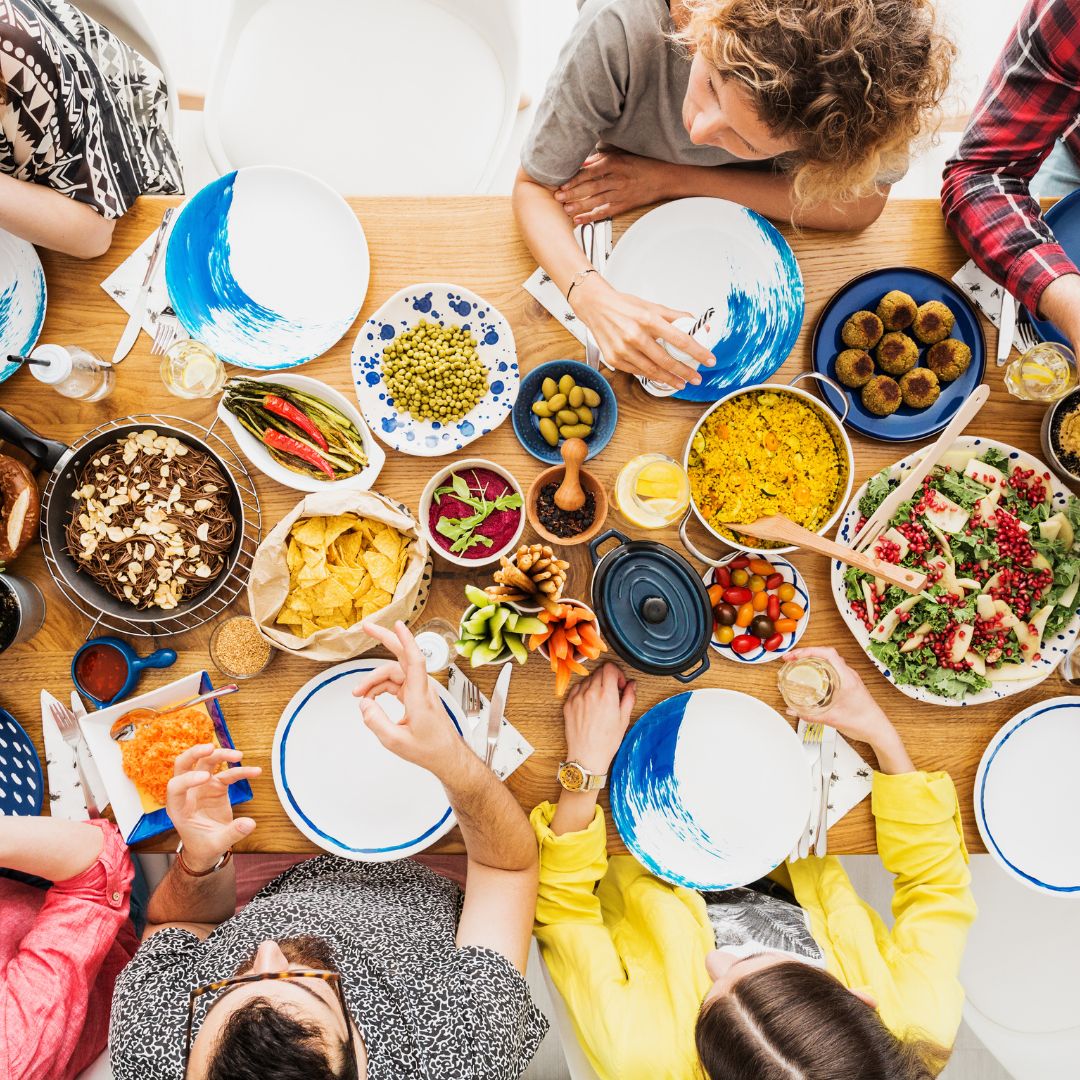
What are the trends that will be shaping the way we shop, cook and eat? We’ve scanned the research and share these top 5 trends.
1. Foods with benefits
According to the Mintel 2023 Global Food and Drink Trends report, 57% of Canadian consumers value food and drinks which offer health benefits such as heart health, gut health, stress management or immune support. Another growing health issue is sleep. Data from McKinsey research, cited in the 2023 Trend Report by Nourish Food Marketing, shows that better sleep is in fact, a higher health priority than better nutrition, fitness, mindfulness or appearance.
Do you have a product with unique benefits? This year’s National Nutrition Month theme for March focuses on unlocking the potential of food and ingredients. Work with us! Leverage our expertise to share the nutritional and health benefits of your product in the media, social media, and at events.
2. Technology
Move over Alexa. Adam is in the house. Showcased at this year’s CES tech event (formerly known as the Consumer Electronics Show), Adam is an interactive, two-armed robot, bartender or barista, making coffee, boba tea or other drinks. Canadian Grocer magazine predicts we’re entering an automation nation driven by innovative technology and labour shortages. Smart home faucets and appliances as well as self-service or smart cart checkout systems are already in use. Automation is also used for stocking merchandise and fulfilling orders at distribution centres.
What’s next? The tech savvy Gen Alpha population (born in 2010 and onwards, the same year that the Apple ipad was invented), AI (artificial intelligence) and trending #FoodTok recipes on TikTok will all be major factors shaping the future of food and beverage, according to Datassential.
3. Budget-wise eating
The cost of groceries will continue to rise. Canada’s Food Price Report predicts that food prices will increase by an average of 5 to 7 percent this year. Vegetables will take the biggest hit, with prices expected to go up 6 to 8 percent. For a family of four, this could mean an extra cost of over $1,000 over the year. For a two-adult household, it’s an extra $500. Eating out at restaurants will also cost an extra 4 to 6 percent. On top of this, natural gas and electricity bills will hike up between 50 to 100 percent for most Canadians!
To cope with inflated prices, consumers will turn to money-saving strategies such as reducing food waste, cooking from scratch and making copycat recipes at home instead of going to restaurants. The food budget will include more economical ingredients such as frozen veggies, cheaper cuts of meat and plant-based proteins. Ready-to-eat foods requiring little or no cooking and energy-efficient air fryer recipes will continue to be popular.
4. Trending Foods
Seaweed – The term ‘seaweed’ actually refers to many different species of marine plants and algae that grow in oceans, rivers and lakes. Green algae, kelp, nori, seaweed snacks and wakame salad are just a few examples. Containing a range of nutrients such as beta-carotene, calcium, folate and vitamin K, seaweed is especially popular among Millennials and Gen Xers.
Mushrooms – With their meaty texture and umami-flavour, mushrooms are a perfect meat extender to stretch the food budget. Mushroom coffee and even mushroom-based cocktails are examples of the food’s versatility. Some mushrooms may have adaptogenic properties.
Tinned fish / canned fish – Thanks to a few viral TikTok reels about tinned fish date nights, eating canned mussels on corn chips is a trendy thing! Chalk up convenience, cost and nutrition too. We’re not sure exactly how long this trend will last.
5. Trending Flavours
Ube – Food experts predict that Filipino will be the cuisine of the year, with special attention to ube, a beautiful purple coloured yam. Ube has a sweet, nutty, earthy flavour and is used in chips, fries and baked goods.
Yuzu – This small citrus fruit looks like a mandarin orange and has a tart taste similar to a grapefruit. It’s used in Japanese ponzu sauce, drinks and baked goods.
‘Swicy’ – Think sweet plus spicy. Swicy is a flavour combo appearing in products such as chili dark chocolate, hot honey chicken, barbecue sauces and nut mixtures. Can’t wait to try it!
Stay tuned to our blog for more food, nutrition and health trends throughout the year!
Written by: Sue Mah, MHSc, RD, PHEc, FDC – Award winning dietitian and Co-Founder, n4nn







 Canadians are more aware of their food choices, shopping smarter, and opting for better nutrition now more than ever before. Dietitians remain the most credible source of food and nutrition information and consumers seek accurate, practical advice to improve the way they eat and feel. This means that more employers are realizing the value that a trusted dietitian advisor can bring to a workplace.
Canadians are more aware of their food choices, shopping smarter, and opting for better nutrition now more than ever before. Dietitians remain the most credible source of food and nutrition information and consumers seek accurate, practical advice to improve the way they eat and feel. This means that more employers are realizing the value that a trusted dietitian advisor can bring to a workplace.



 Image Health Canada
Image Health Canada












 Coconut sugar (Istock)
Coconut sugar (Istock) Date sugar (Bing)
Date sugar (Bing)

 L.Weiler, Canva
L.Weiler, Canva






